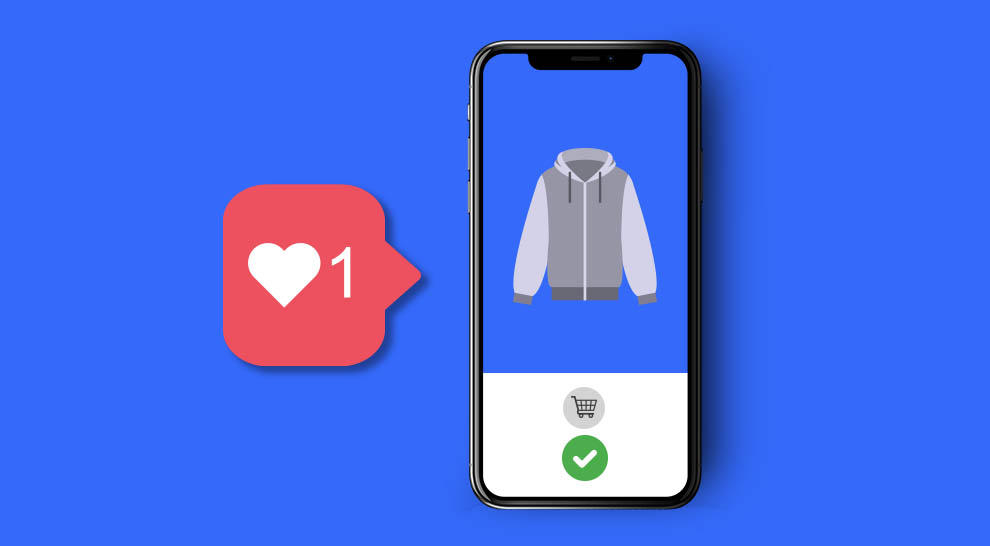Social e-commerce is no longer on the rise, it’s here.
By Veronica McGhee, Associate Search & Paid Social Director
While the COVID-19 pandemic has kept consumers indoors and away from stores, social platforms have been expanding their shopping technologies—from seamless in-app purchases to virtual shoe fittings. Here are the most recent updates in the e-commerce space that top social platforms have unveiled since June 2020.
Shop with your camera
In June, Pinterest, the top driver of visual search adoption, added the ability for users to shop products they scan with Pinterest Lens. When users take or upload a photo to Pinterest’s camera, a “shop” tab will appear with a feed of shoppable Pins based on the in-stock products identified in that photo. To make the shopping and purchase experience even more seamless, shoppable Pins link out directly to the checkout page on the retailer’s site.
According to Pinterest, current top-shopped products with Lens are prints and artwork, shirts and tops, dresses, shoes, jackets, vases, mirrors, rugs, pants and throw pillows.
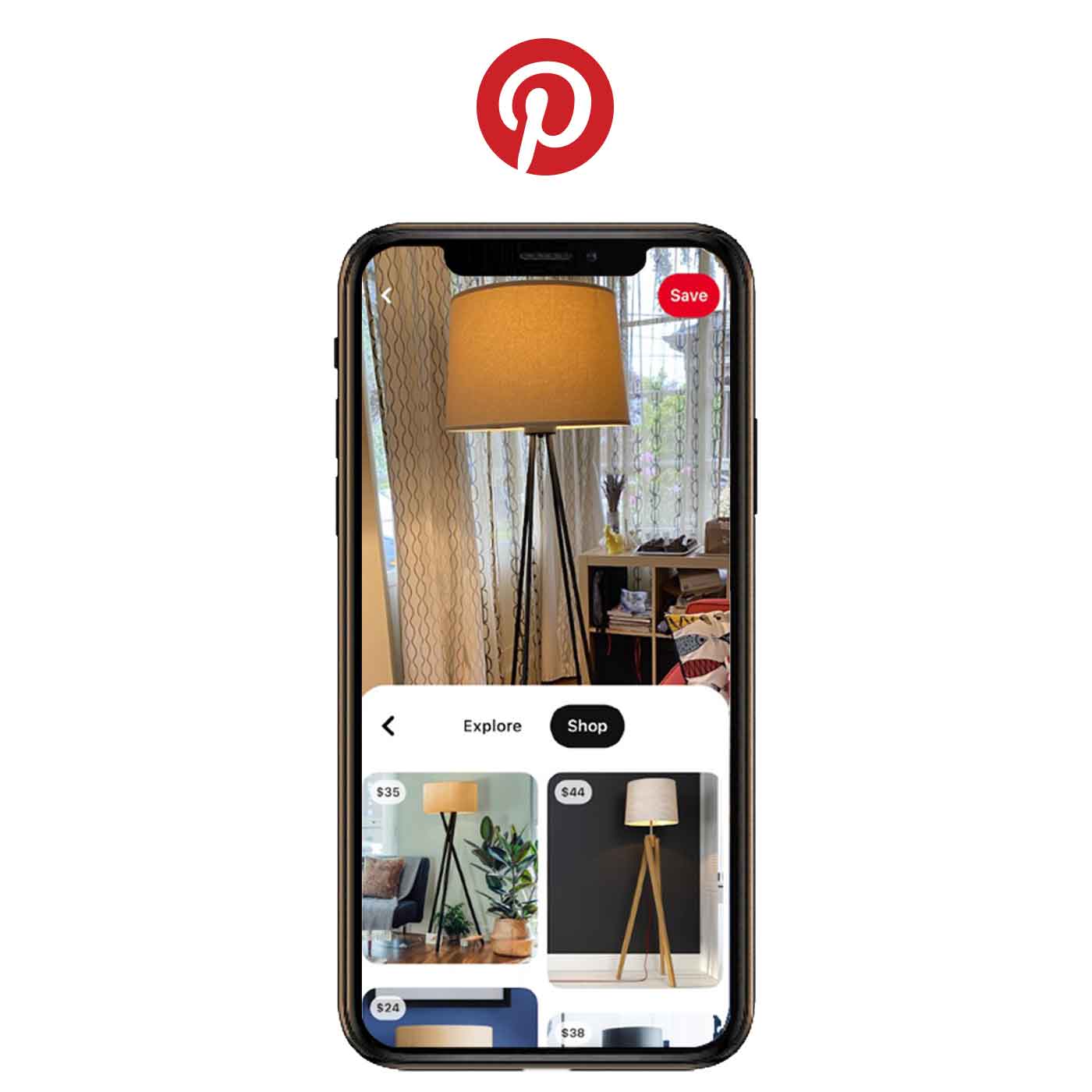
Build and target in-app shoppers
Facebook and Instagram have had in-app shopping and checkout features since 2019. However, advertisers haven’t had the ability to re-engage those who have used those features, until now.
In June, advertisers gained the ability to build custom shopping audiences, such as lookalike and retargeting audiences, using Facebook’s user data.
There are three critical actions that can be used to build the lists:
- People who viewed your products (best for tactical prospecting)
- People who added your products to their cart (ideal for retargeting)
- People who purchased your products (best for Lookalike audiences)
Advertisers can leverage these audiences for cross-selling and finding brand new customers. For example, an audience list built of users who purchased cream foundation makeup can be retargeted to with other makeup product ads. Essentially, the strategies for e-commerce retargeting one may typically apply to website-built lists can now be created with Facebook-owned audience lists.
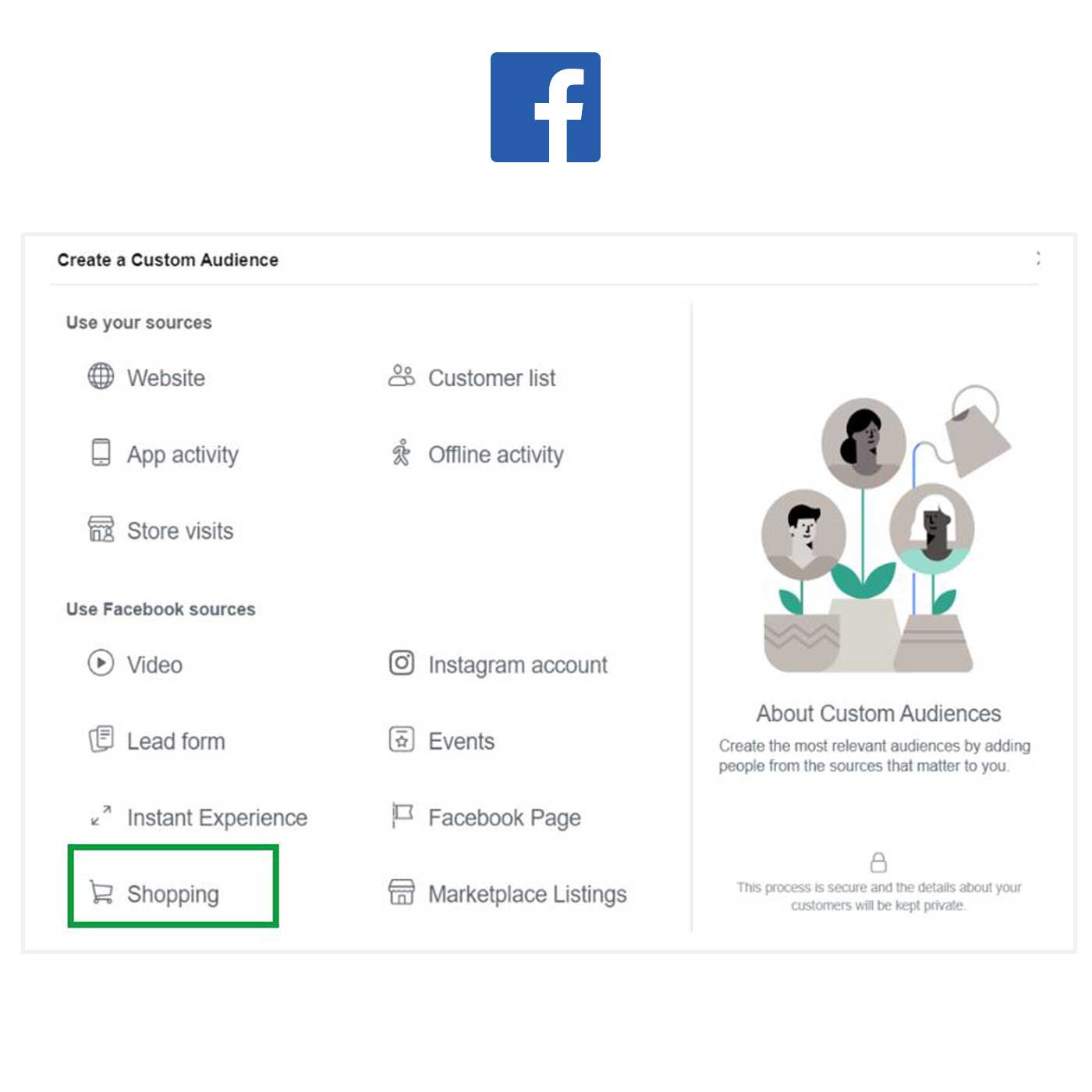 Leverage shoppable AR
Leverage shoppable AR
Snapchat is set to create a shopping experience using augmented reality. To demonstrate how this would work, Snapchat partnered with Gucci for its first global branded AR shoe try-on Lenses. The lenses allowed Snappers to virtually try on shoes and offered a “shop now” option, letting users make a purchase immediately.
Snapchat has been leading the adoption of AR among Gen-Z and millennials, reporting that more than 170 million users engage with AR daily nearly 30 times a day. But Snapchat is not aiming to inundate every user with AR. They are using sophisticated algorithms to target users with relevant shoppable AR experiences based on previous content engagement. For example, if a user has previously engaged with beauty content, they are more likely to be served a shoppable AR ad allowing them to try on makeup versus test driving a car.
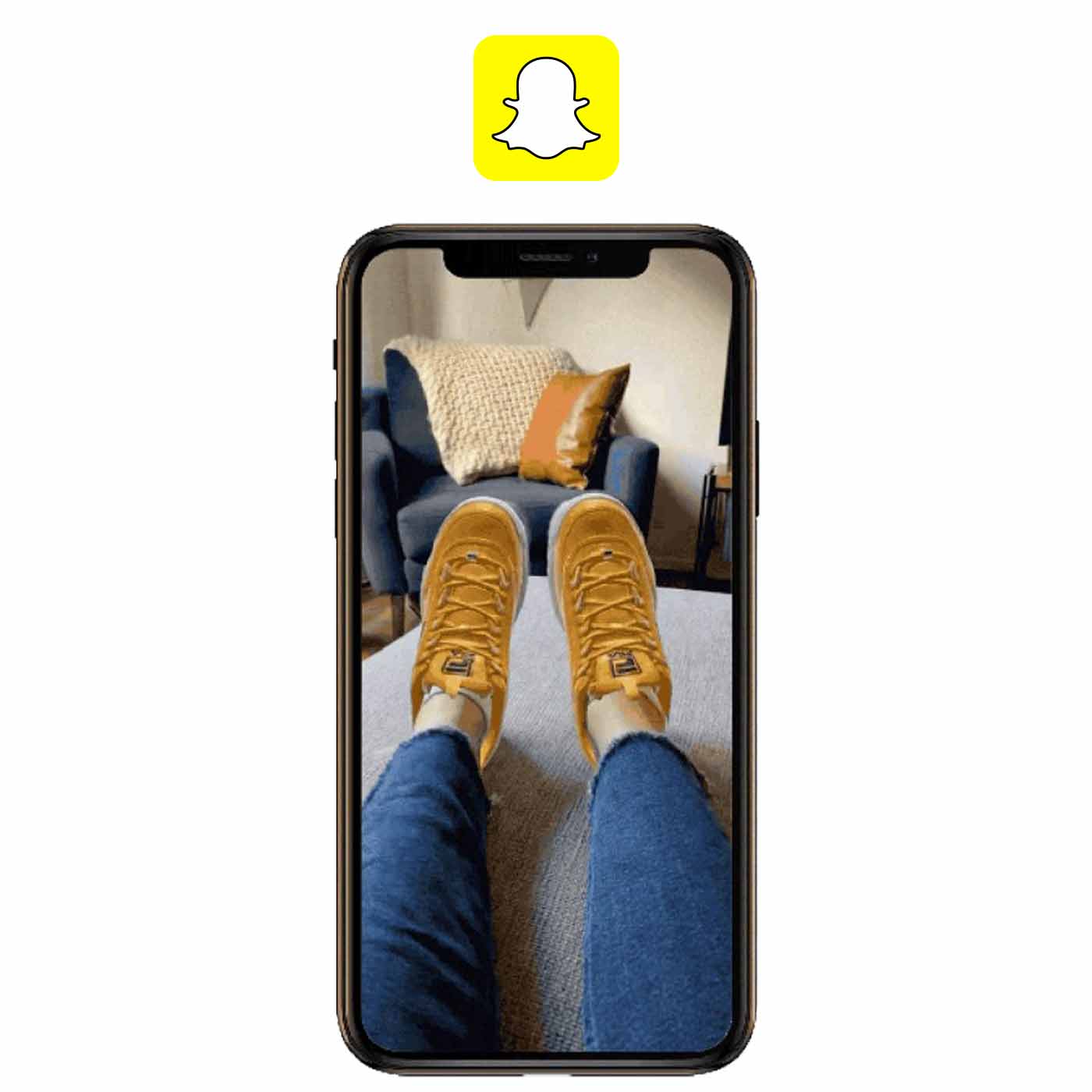
Turn videos into shopping experiences
YouTube released a direct-response ad format that makes videos more shoppable. Videos with shopping experiences will be accompanied by a browsable product catalog. A merchant center account with an active feed is necessary to set this up and have YouTube pull in products and images.
To help advertisers find the most qualified users for these experiences, YouTube also rolled out video action campaigns. These campaigns use custom and remarketing audiences to find quality users showing “intent” behavior and are targeted specifically to users as they are watching videos on Google Video partner pages or browsing their homefeed. These campaigns aim to get the most conversions at the most efficient cost and therefore can layer in smart bidding strategies so advertisers can optimize conversion events or values.
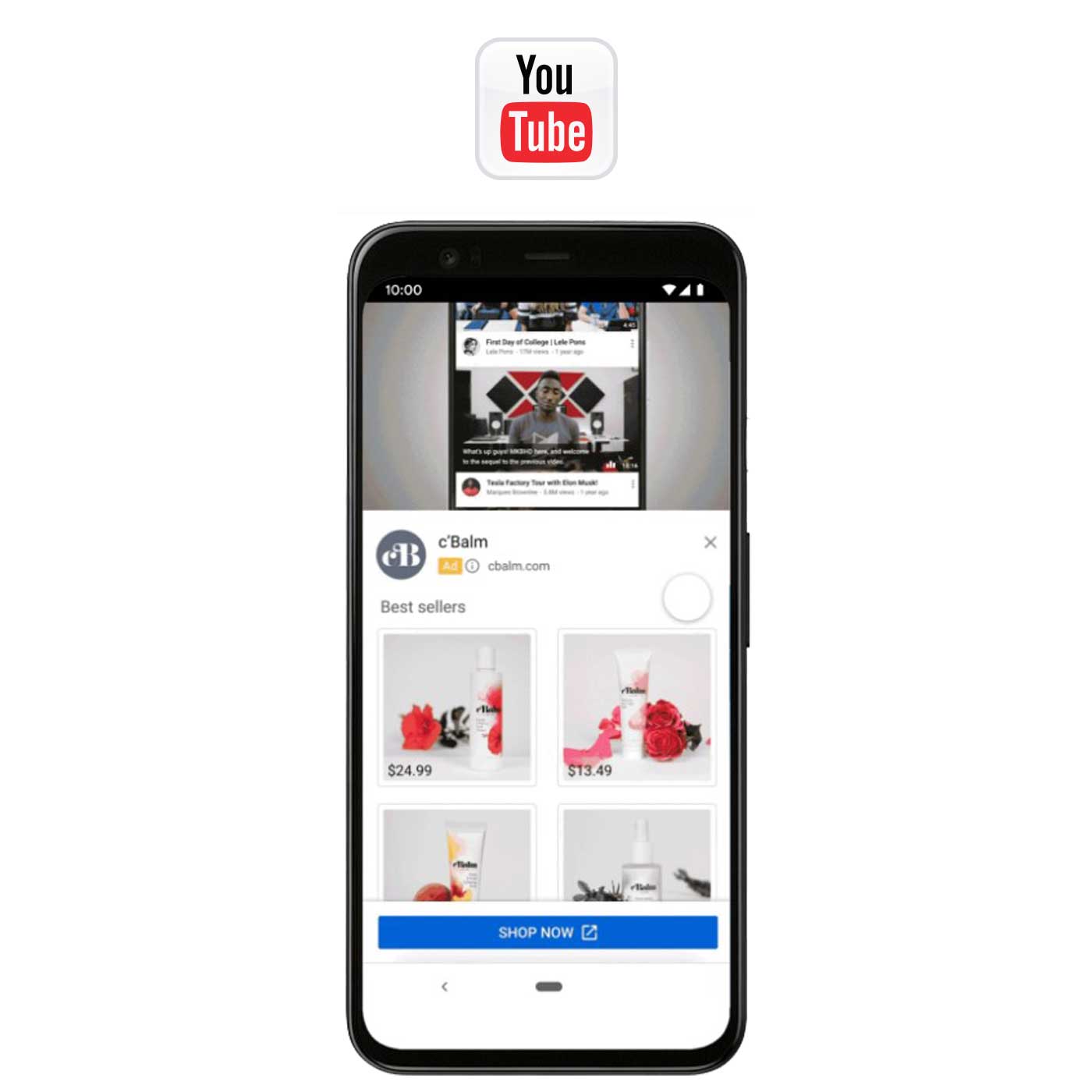
More Insights
- July 17, 2020 Summer in the COVID-19 era: Special summer trends and implications report
- July 9, 2020 C-K Coffee Talk: G. Andrew Meyer.
- June 22, 2020 C-K’s Work/Life: Rachel Brubeck.
